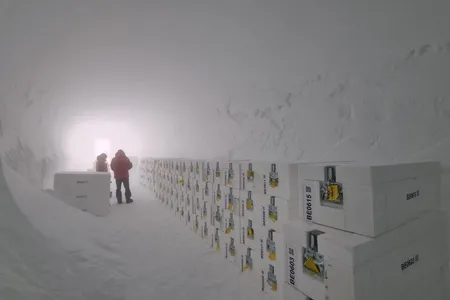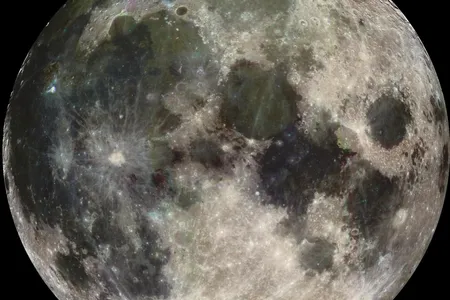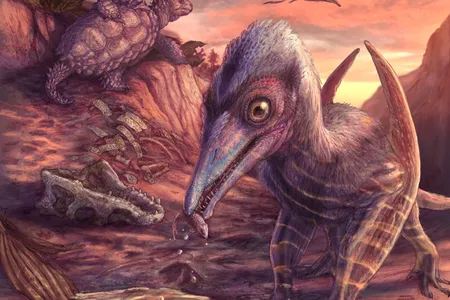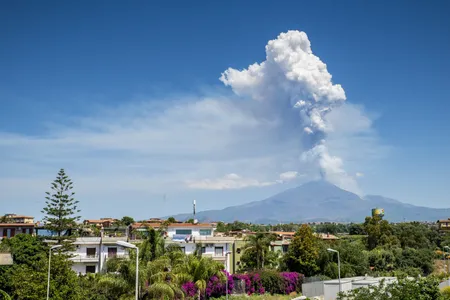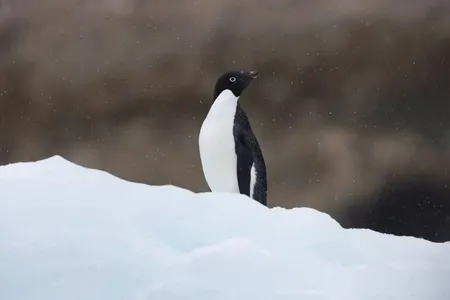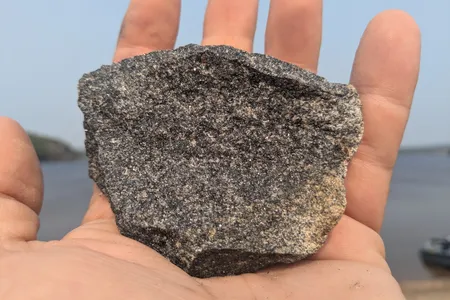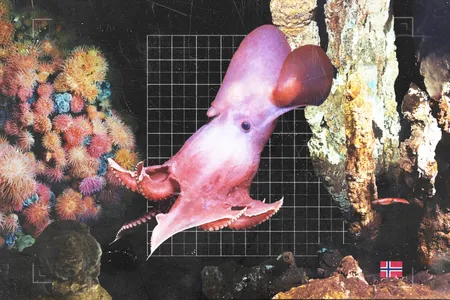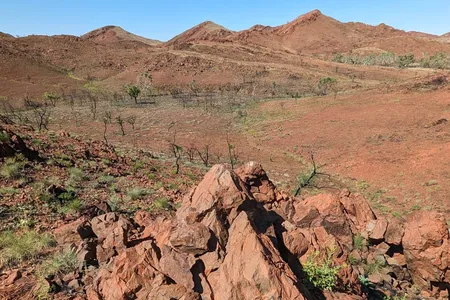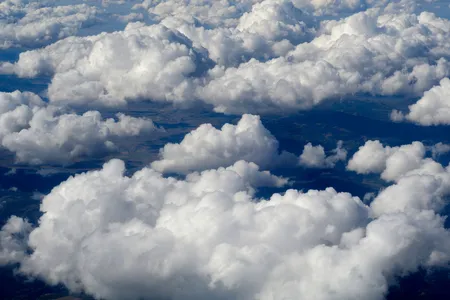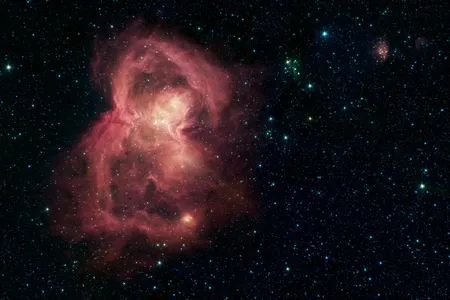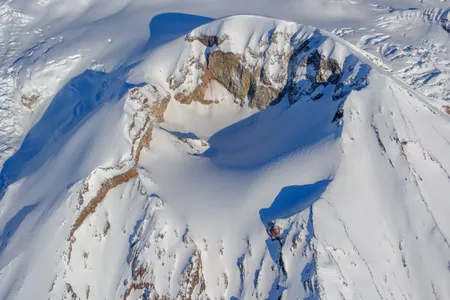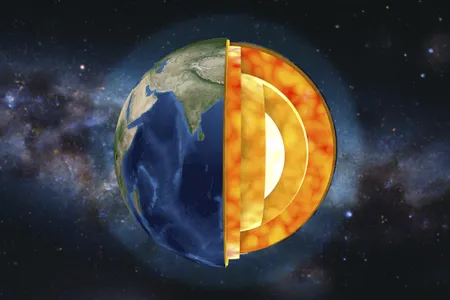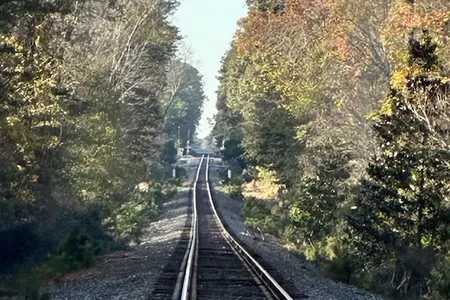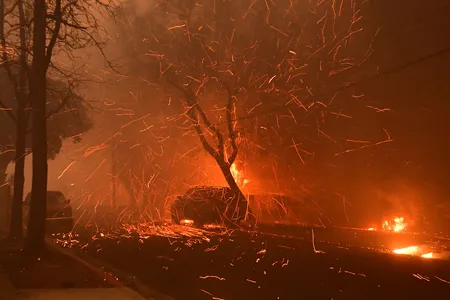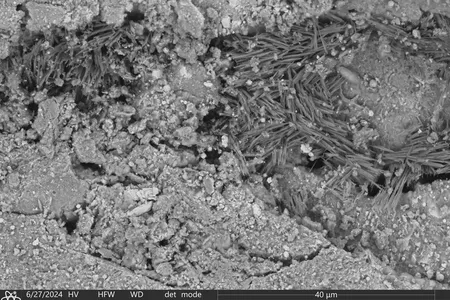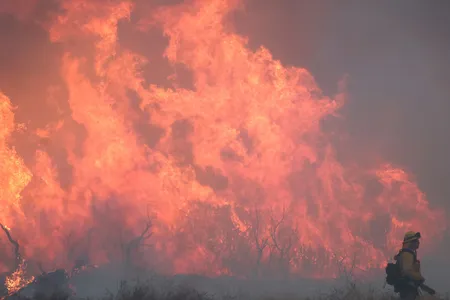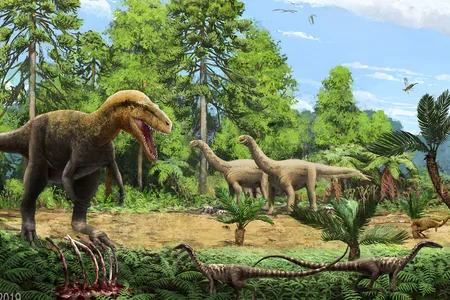CCTV Footage Captures the First-Ever Video of an Earthquake Fault in Motion, Shining a Rare Light on Seismic Dynamics
A clip recorded in Myanmar in March reveals a curved path of the fault slip, which can help scientists better understand the physics of such events
Scientists Will Melt the World’s ‘Oldest Ice’ to Reveal Its Secrets and Uncover a Climate Record of 1.5 Million Years
The ice cores could offer clues about a period known as the Mid-Pleistocene Transition that has long puzzled scientists
Today Will Likely Be Shorter Than Usual, and It Will Happen Again in August. Here’s Why
Because of the moon’s position, Earth is rotating just over a millisecond faster than usual on a few days this summer
A Bone Bed From the Dawn of the Dinosaurs Has Revealed the Oldest Known Pterosaur Found in North America
Fossil surprises abound in new research that unearths the history of the Triassic Period
Scientists Are Just Beginning to Understand How Life Makes Clouds, and Their Discoveries May Drastically Improve Climate Science
Plants, plankton and sea spray all release elements that help the atmospheric blankets form
These Tiny, Beautiful Fossils Detail the History of the Ocean
Bountiful remains of foraminifera reveal how organisms responded to climate disturbances of the past
Mount Etna’s Spectacular Monday Eruption Marks the Volcano’s Most Intense Activity in Years
The explosion was the strongest since 2021, expelling ash, dust, lava and a pyroclastic flow, but no injuries or deaths were reported
Penguin Poop Helps Drive Cloud Formation Over Antarctica, According to a New Study
The ammonia from Adélie penguin guano reacts with sulfur-containing gases in the atmosphere to aid in forming clouds, which scientists say may be significant to regulating the climate
The Secrets of How Life Began May Be Hidden Inside the World’s Oldest Rocks
Smithsonian researchers trekked to a remote site in northern Canada to collect four-billion-year-old rock samples that could unlock mysteries about Earth’s earliest history
As Norway Considers Deep-Sea Mining, a Rich History of Ocean Conservation Decisions May Inform How the Country Acts
In the past, scientists, industry and government have worked together in surprising, tense and fruitful ways
Oldest Known Impact Crater Discovered in Australia
The discovery bolsters the theory that meteorite impacts played an important role in Earth’s early geological history
A Brief and Amazing History of Our Search for Life in the Clouds
By collecting samples after climbing a high peak and firing rockets with special traps into the upper atmosphere, scientists have found microbes living in thin air
Intelligent Life May Be More Likely to Exist on Other Planets Than Previously Thought, Scientists Say
Researchers present an alternative to the long-held “hard steps” theory to explain the evolution of complex life, suggesting it’s the natural outcome of a habitable environment rather than a lucky break
‘Volcanic Unrest’ at Alaska’s Mount Spurr Suggests 50-50 Chance an Eruption Could Be Coming
Volcanologists are closely monitoring the 11,070-foot-tall stratovolcano, located roughly 75 miles from Anchorage, after a recent uptick in earthquakes
Earth’s Inner Core Is Changing Shape, Study Finds, Indicating Even More Dynamic Shifts Deep Within Our Planet
Seismic wave data previously suggested the Earth’s hot inner core is slowing its spin. Now, researchers say it’s also deforming around the edges
The ‘Ghost’ Haunting This South Carolina Town Might Have an Earthly Explanation, Scientist Says
In a new research article, a seismologist argues that earthquakes are the reason for the mysterious lights associated with a local urban legend in Summerville
How A.I. Can Help Humans Battle Wildfires, From Advanced Camera Systems to Forecasting Models
A variety of new technologies aim to improve wildfire detection and help map the spread of blazes
Scientists Discover Traces of Salt Water and Building Blocks of Life in NASA’s Samples From the Asteroid Bennu
Two new papers describe hints to a brine-filled environment on the 4.5-billion-year-old space rock and the presence of amino acids, offering clues to how early Earth got its ingredients for life
Welcome to the Pyrocene
Human use of fire has produced an era of uncontrolled burning
How a Mass Extinction Driven by Ancient Volcanoes Led to the Age of the Dinosaurs
Roughly 201 million years ago, drastic changes extinguished many forms of life and led to conditions that allowed the terrible lizards to thrive
Page 1 of 43

